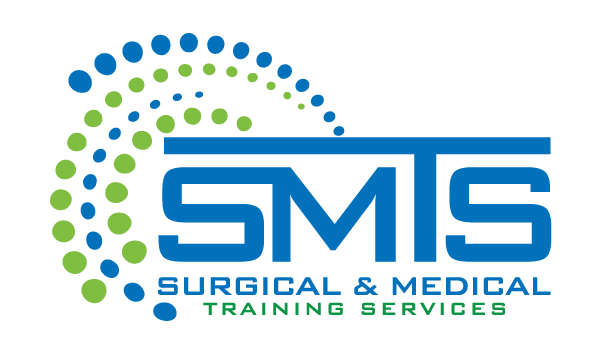Using cadaver donors in training for paramedics, emergency medicine (EM) physicians, and tactical emergency medical support (TEMS) personnel plays a critical role in enhancing life-saving capabilities. Here are the key reasons why cadaver-based training is important:
1. Realistic Anatomical Experience Tactile feedback: Unlike mannequins or simulations, cadavers provide the texture, resistance, and variability of human tissue, helping practitioners develop precise muscle memory. Human variability: Every human body is different. Training on cadavers exposes learners to variations in anatomy they will encounter in the field.
2. High-Stakes Procedure Practice Invasive procedures: Cadavers allow safe practice of procedures that are too risky to attempt on live patients without prior experience, such as: Endotracheal intubation Needle and surgical cricothyrotomy Chest decompression Intraosseous access Tourniquet placement and hemorrhage control Repetition under controlled conditions: Repeating critical interventions builds confidence and competence without the pressure of a real-life emergency.
3. Bridging the Gap Between Simulation and Reality. From classroom to crisis: Cadaver training acts as the vital link between simulation labs and real emergencies, especially for prehospital and combat environments. Stress inoculation: Practicing on realistic models under time constraints improves performance during actual high-pressure scenarios.
4. Ethical and Respectful Learning Donor programs as gifts to medicine: Cadaver donations are made altruistically, and using them for education honors their intent to help save lives. Professionalism and empathy: Working with cadavers fosters a deeper respect for human life and the seriousness of medical care.
5. Improved Patient Outcomes Better-prepared providers: When medics and EM teams are trained on cadavers, they’re more likely to perform procedures correctly the first time. Reduced errors in emergencies: Familiarity with real anatomy underpins better decision-making, especially when seconds count.
Cadaver donor training is not just an enhancement—it’s essential. It equips paramedics, EM physicians, and TEMS personnel with the skills, confidence, and anatomical understanding necessary to save lives when it matters most.
